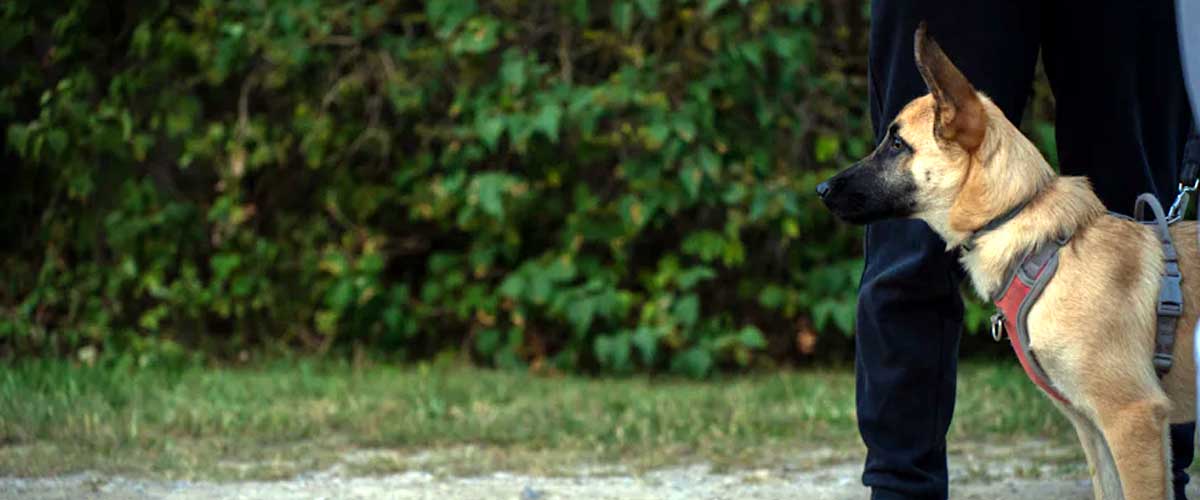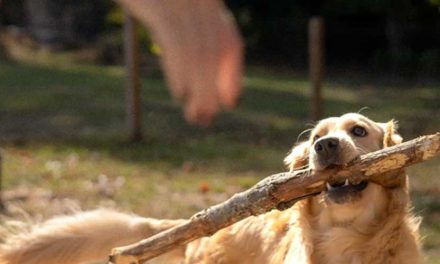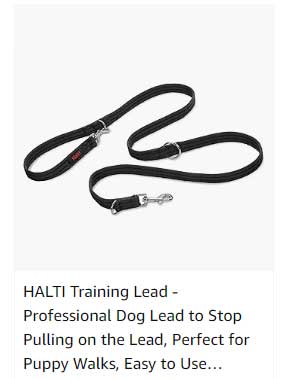When it comes to training dogs, many pet owners often rely on verbal commands.
However, incorporating hand signals into your training regimen can significantly enhance communication between you and your furry companion.
This practice is not only effective but also adds an engaging element to your training sessions.
Let’s dive into the purpose and benefits of using hand signals when training your dog.
Enhanced Communication
Dogs are highly visual animals.
While they may respond to verbal commands, they also rely heavily on visual cues to understand what their humans want from them.
Hand signals can help bridge the communication gap between you and your dog.
For instance, a simple raised hand can indicate “sit,” while a sweeping motion can signify “come.”
By pairing verbal commands with corresponding hand signals, you give your dog another way to comprehend and respond to your requests.
Clarity and Consistency
Consistency is key in dog training.
Using the same hand signals for specific commands helps ensure your dog understands what you’re asking.
Unlike verbal commands that may vary in tone or inflection, hand signals remain constant.
This consistency reduces confusion for your dog, making it easier for them to learn and reinforce their understanding of the command.
As dogs thrive on clear guidance, using hand signals can lead to more successful training outcomes.
Overcoming Challenges
Many dogs can be easily distracted by their environment.
Whether it’s the sound of a passing car or enticing smells, distractions can impede a dog’s ability to hear and respond to verbal commands.
Hand signals can be a game-changer in such situations.
Visual cues cut through the noise and distractions, allowing you to effectively communicate with your dog even when their ears are tuned to the outside world.
This is particularly helpful when your dog is off-leash or in a bustling environment.
Great for Hearing-Impaired Dogs
Hand signals are invaluable for training hearing-impaired dogs or those who may have difficulty hearing.
By using visual signals instead of relying solely on vocal commands, you provide your dog with clear and accessible ways to understand what you want.
This promotes an inclusive environment and strengthens the bond between you and your dog, as they can fully engage without feeling left out.
Strengthening the Bond
Training based on both verbal and hand signals facilitates a more profound connection with your pet.
Dogs thrive on interaction and engagement with their owners.
Training sessions that incorporate hand signals can be fun and rewarding, fostering an atmosphere of trust and partnership.
Over time, your dog will associate your hand signals with positive experiences, making them more eager to learn and comply with your commands.
Adding Variety to Training
Incorporating hand signals into your training repertoire adds an element of variety that can stimulate your dog’s mind.
Dogs can become bored with repetitive verbal commands, but introducing hand signals can refresh their interest in training sessions.
This variance not only makes learning more enjoyable for your dog but also keeps you engaged as a trainer.
Practical Applications
Hand signals are especially useful in various scenarios beyond basic obedience.
For instance, if you partake in competitive dog sports, using hand signals can enhance your performance and communication with your dog.
Likewise, during outdoor activities like hiking or running in open areas, hand signals can help maintain control without raising your voice, allowing for a more peaceful experience.
Conclusion
Incorporating hand signals into your dog training routine serves many purposes.
From enhancing communication and providing clarity to overcoming challenges and strengthening your bond, these visual cues can significantly improve training outcomes.
Whether you’re working with a traditional obedient pup or a unique challenge, hand signals offer a powerful tool for fostering a positive and engaged relationship with your dog.
So next time you’re training your canine companion, consider adding the element of hand signals to enrich your experience together!












